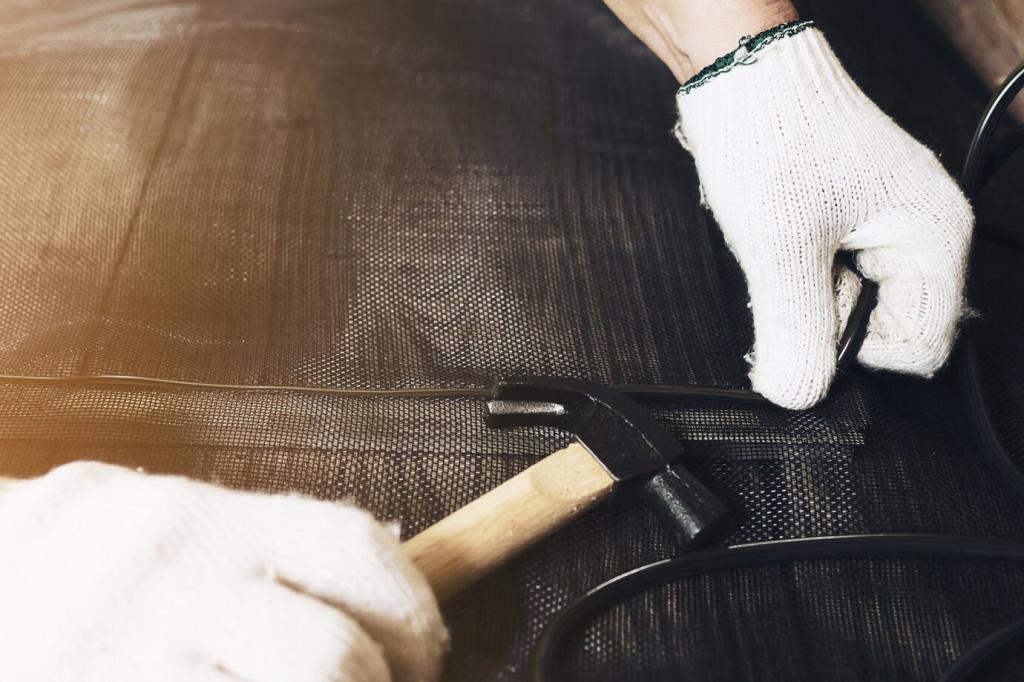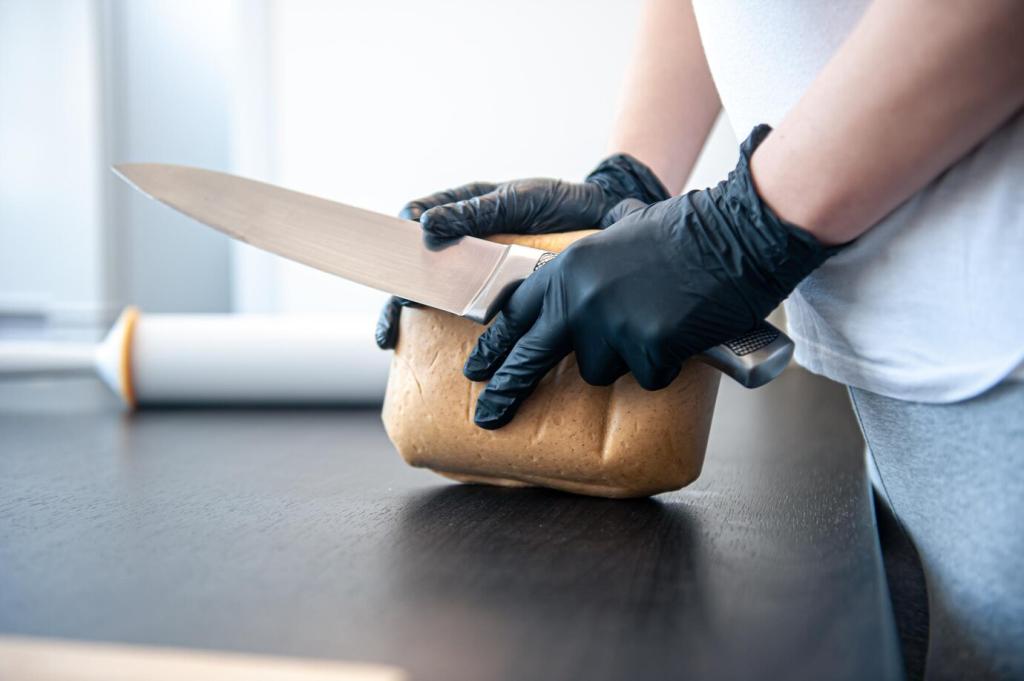Eco-Friendly Scratch-Proof Furniture Innovations
Why Scratch-Proof Can Be Truly Sustainable
Longer-lasting, scratch-resistant finishes mean fewer replacements and less landfill. When a table resists scuffs from keys, backpacks, and cat paws, it stays in service longer, delaying resource-intensive manufacturing cycles and saving both materials and energy.
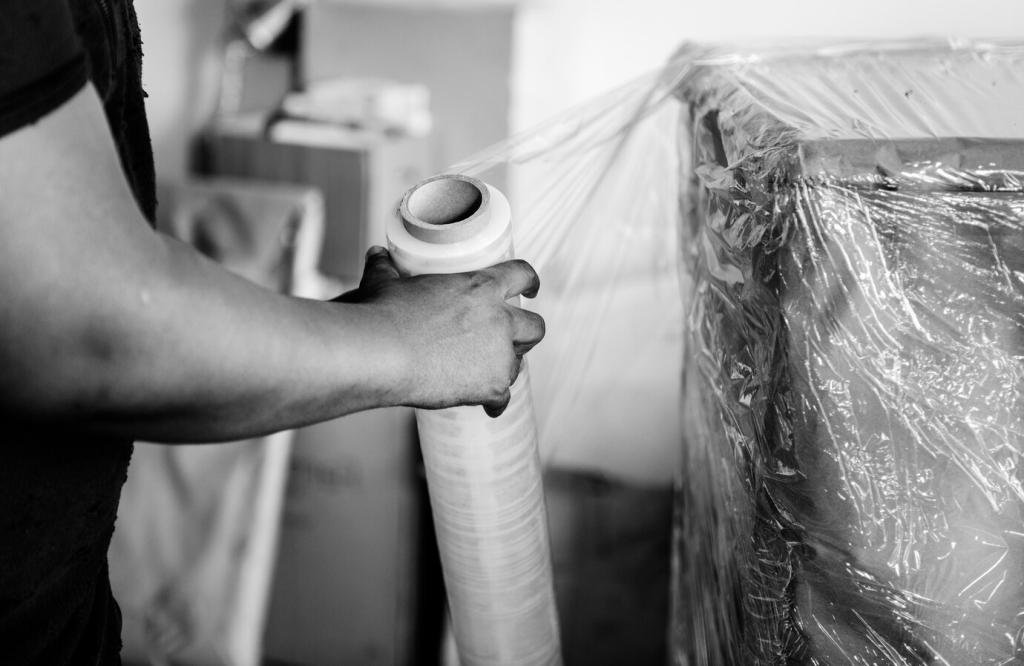
Materials Leading the Movement
Fast-growing bamboo paired with lignin-based binders creates dense panels with impressive scratch resistance. The material’s rapid renewability and structural strength deliver coffee tables and desks that shrug off daily wear while minimizing reliance on fossil-derived adhesives.
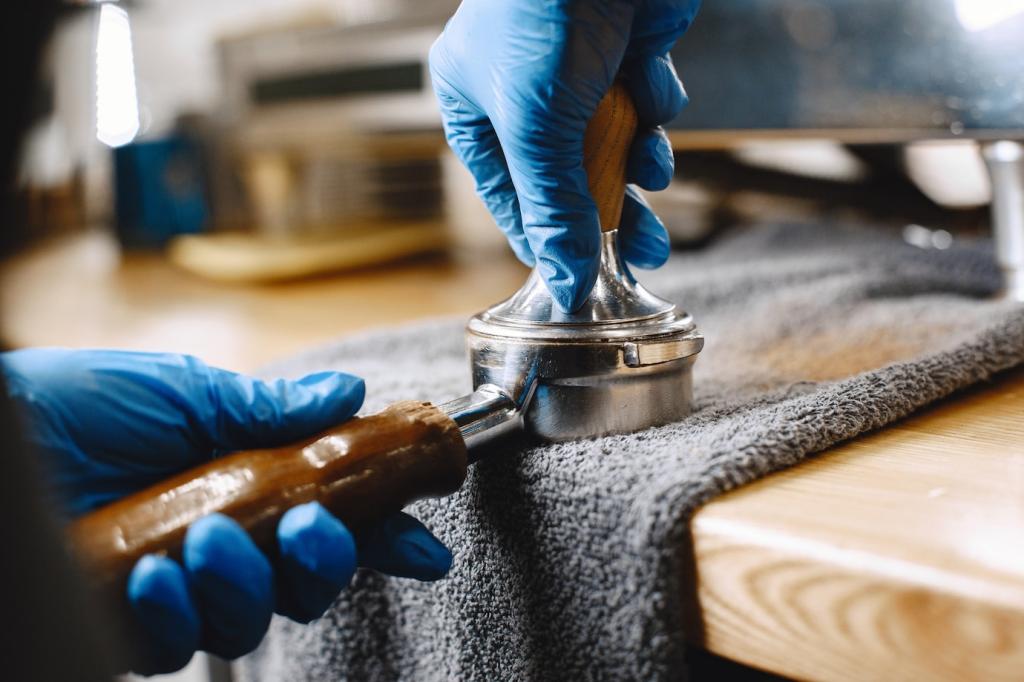
Next-Gen Finishes Without Toxic Trade-Offs
Micro-ceramic particles suspended in waterborne mediums create hard, clear shields with low odor. They dry quickly, resist abrasions from everyday use, and significantly reduce volatile emissions compared to conventional solvent-based varnishes used in older furniture manufacturing approaches.
Next-Gen Finishes Without Toxic Trade-Offs
Castor and rapeseed oils can anchor polyurethane networks that rival traditional durability. These bio-based finishes are engineered for scratch resistance yet maintain flexibility, making them ideal for wooden surfaces that expand, contract, and live gracefully through seasons.
Next-Gen Finishes Without Toxic Trade-Offs
Derived from plant fibers, nanocellulose reinforces clear coats at a microscopic level. The result: light, strong, low-VOC protection that resists micro-scratches caused by daily wipes, game nights, and shifting décor—without disguising the wood’s natural beauty or warmth.
Designing Out Scratches from the Start
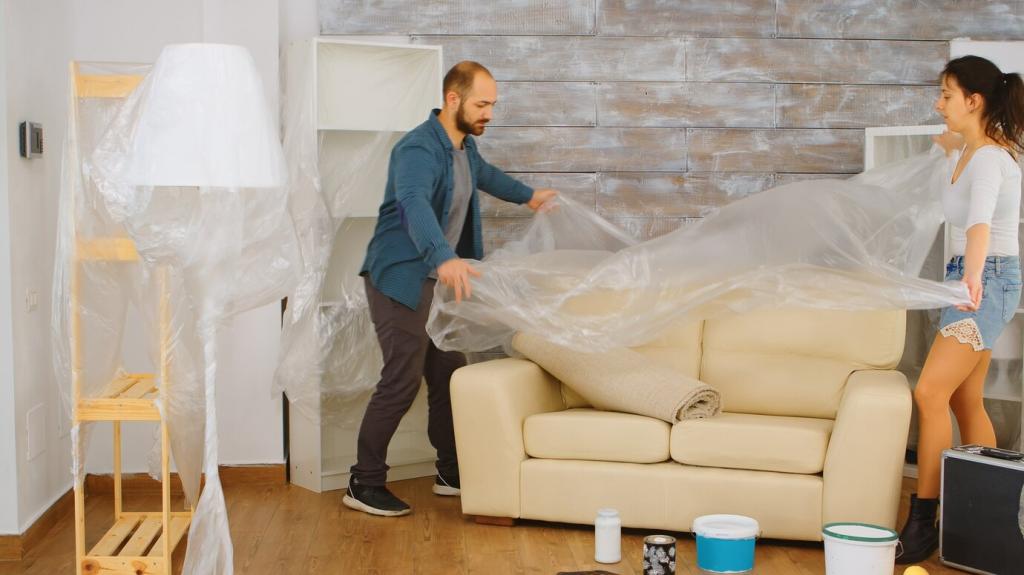
Subtle matte textures and micro-embossing scatter light, hiding fine scratches while providing a firmer surface. Coffee rings and zipper grazes become less visible, extending the perceived life of surfaces and lowering the urge to refinish or replace prematurely.
Testing, Certifications, and Real-World Proof
Abrasion and Hardness Benchmarks
Taber abrasion tests and pencil-hardness ratings quantify resistance to wear and scratching. While numbers don’t tell every story, they help compare options objectively, especially when paired with transparent ingredient lists and safety data from responsible manufacturers and labs.
Healthy Air, Safer Homes
Labels like GREENGUARD, FSC, and Blue Angel indicate low emissions and responsible sourcing. Choose finishes with verified low VOCs to keep indoor air clean while maintaining tough, scratch-resistant protection that won’t undermine your health, comfort, or daily living environment.
A Café Story That Sparked Change
After a neighborhood café swapped solvent lacquer for waterborne ceramic finish on reclaimed tables, baristas noticed fewer visible scratches from saucers and laptops. Share your results or questions, and subscribe for case-study breakdowns and actionable, eco-friendly finishing tips.
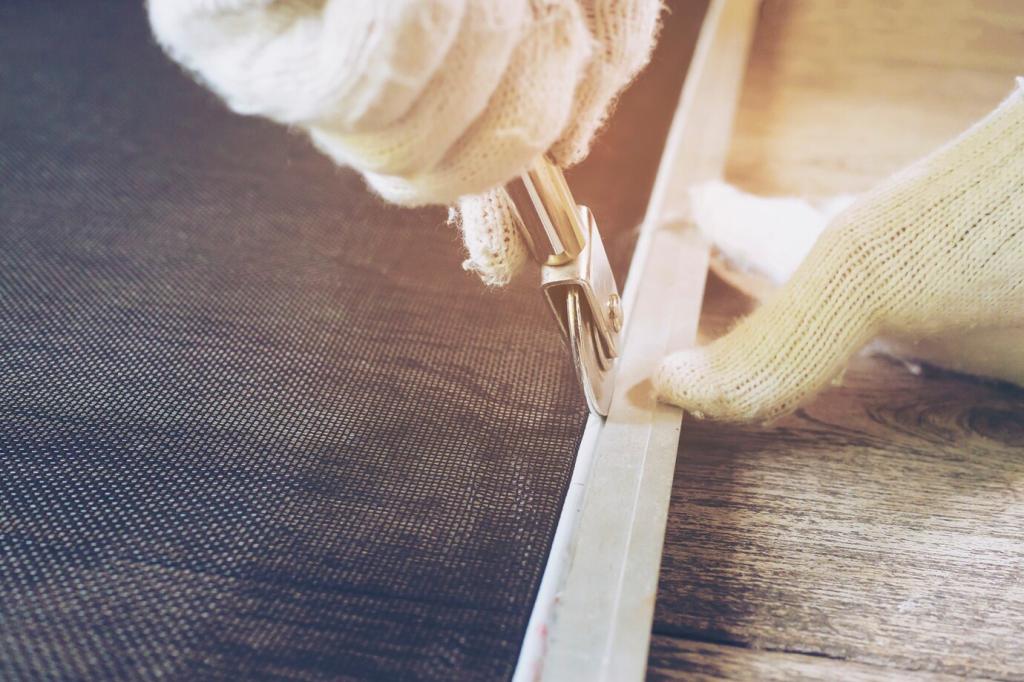
Care, Repair, and End-of-Life Strategies
Use pH-neutral, biodegradable cleaners and soft cloths to avoid micro-scratches from grit. Coasters and felt pads reduce abrasion, while gentle, regular maintenance sustains finish integrity, letting eco-friendly topcoats perform as designed without unnecessary harsh chemicals or wear.
Care, Repair, and End-of-Life Strategies
For scuffs, try plant-based wax sticks or low-VOC repair gels. Light micro-sanding followed by a compatible waterborne coat can blend blemishes. Tell us where you struggle most, and we’ll compile a subscriber guide tailored to common household scratch scenarios and fixes.
What’s Next for Eco-Friendly Scratch-Proof Furniture
Expect laminates made from agricultural byproducts reinforced with mineral particles for extra scratch resistance. They promise striking textures, warm touch, and serious durability—without relying on heavy solvents or hard-to-recycle layers that complicate responsible end-of-life handling.
What’s Next for Eco-Friendly Scratch-Proof Furniture
Leasing panels, deposit-return for tops, and maker-friendly replacement parts make longevity the default. When repair is normalized and stylish, we keep materials in use, reduce emissions, and celebrate furniture that grows more meaningful—and resilient—with every year lived.
